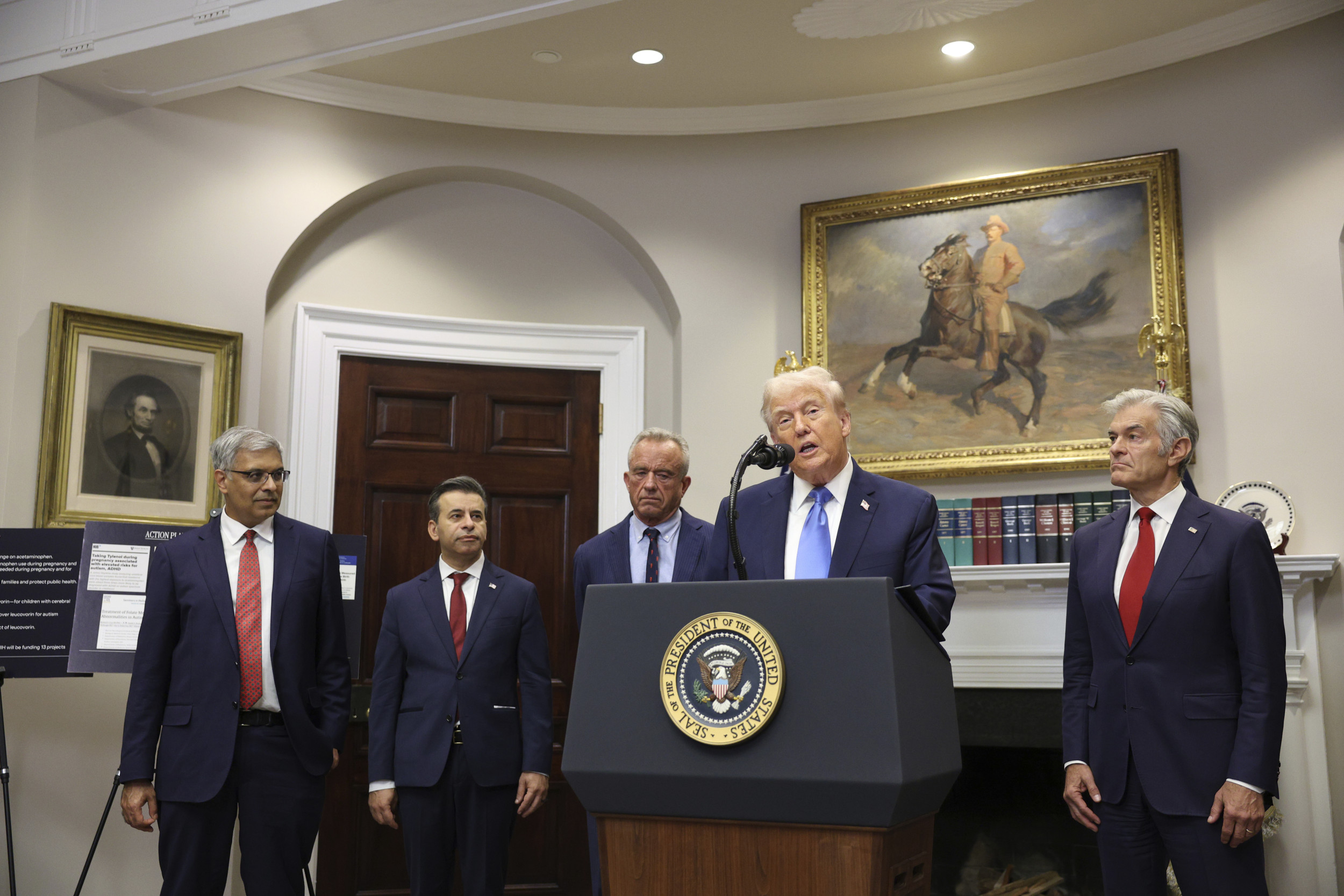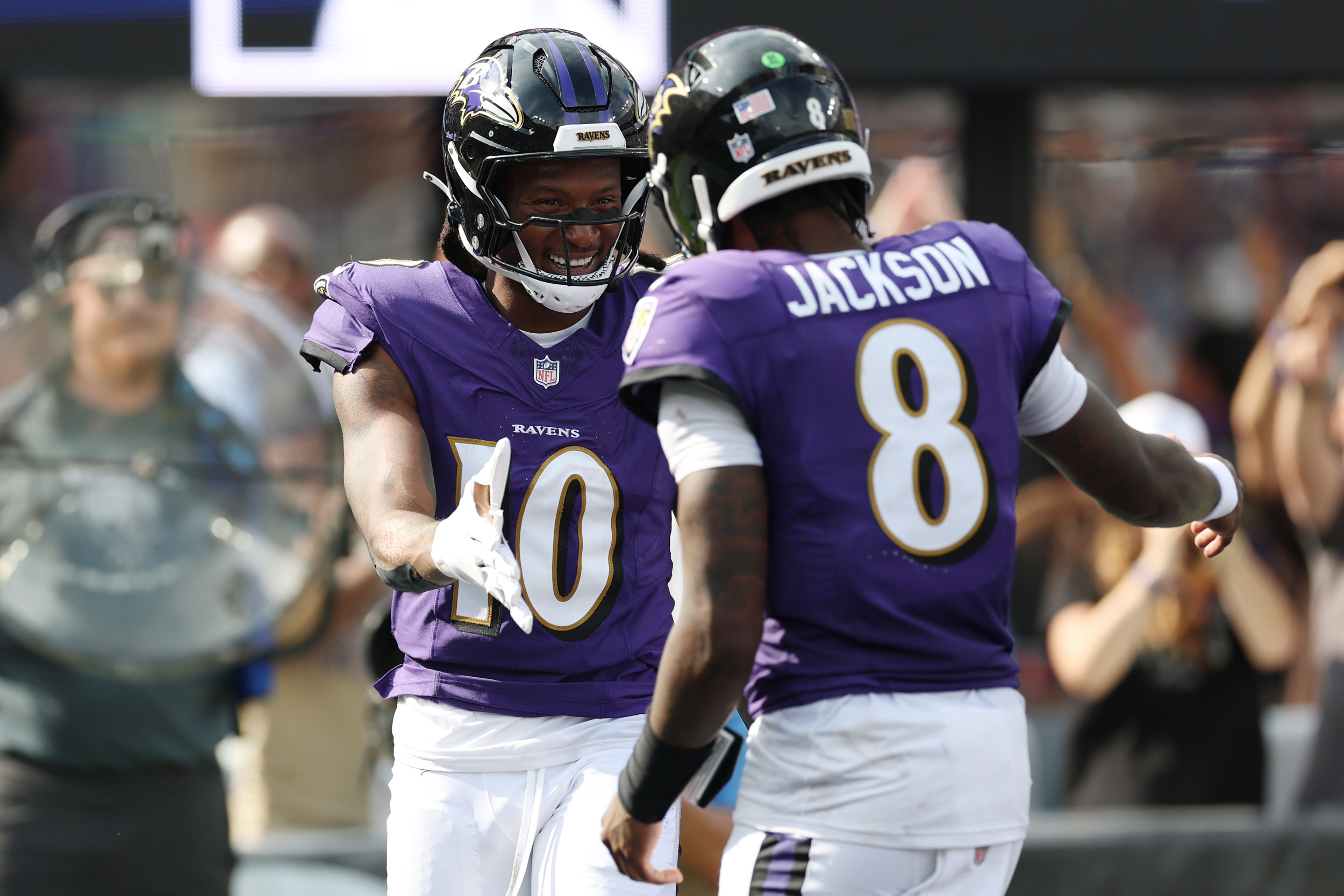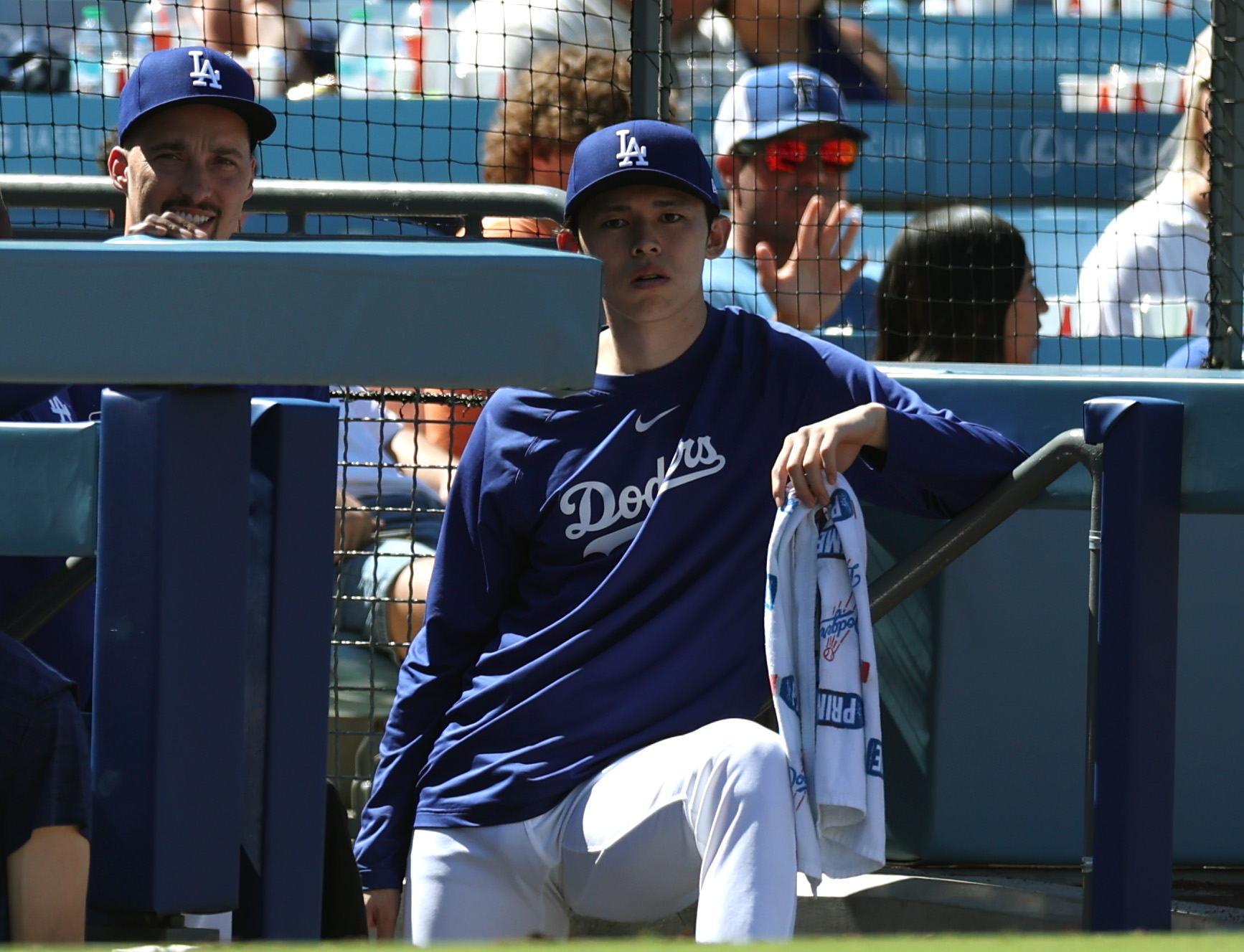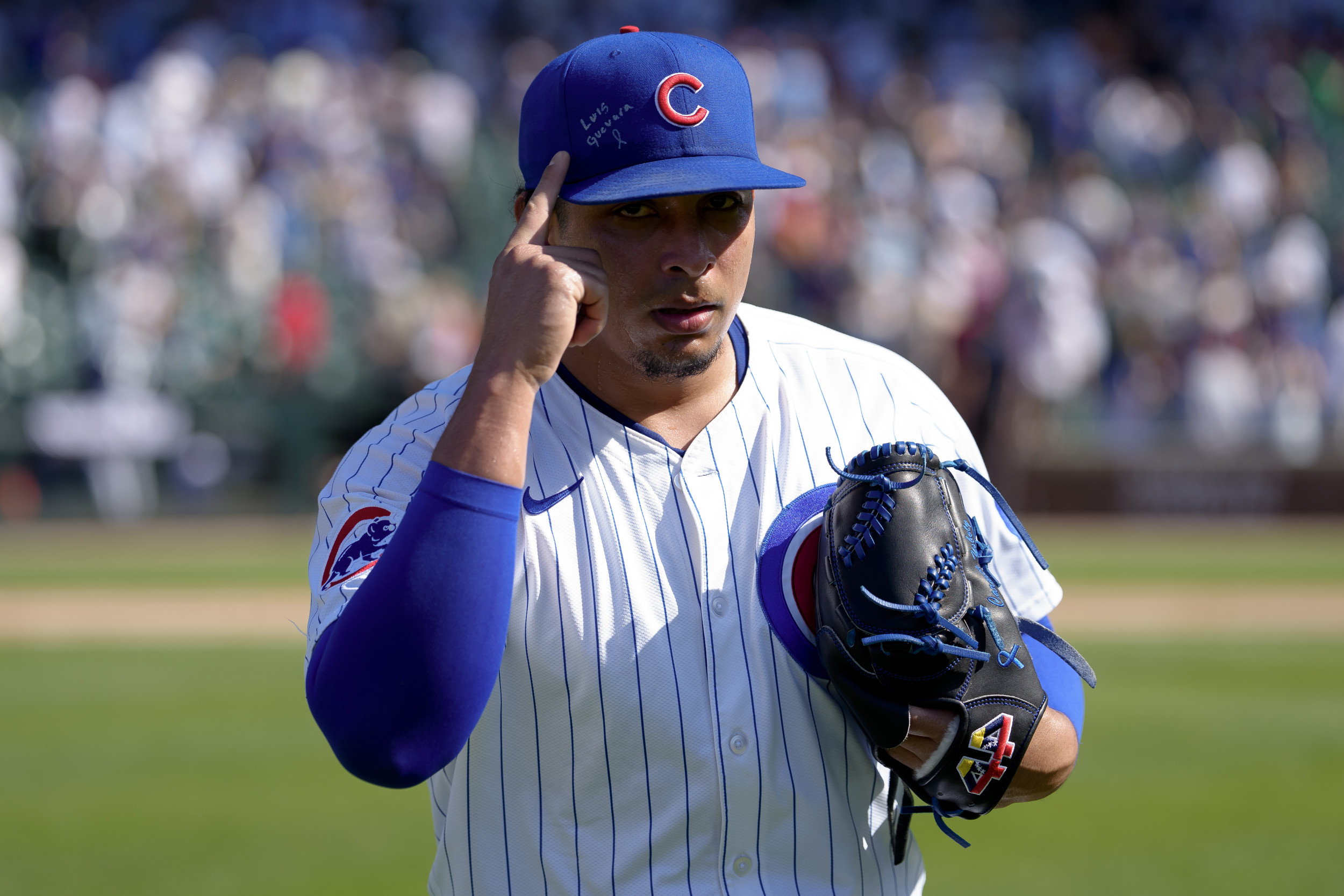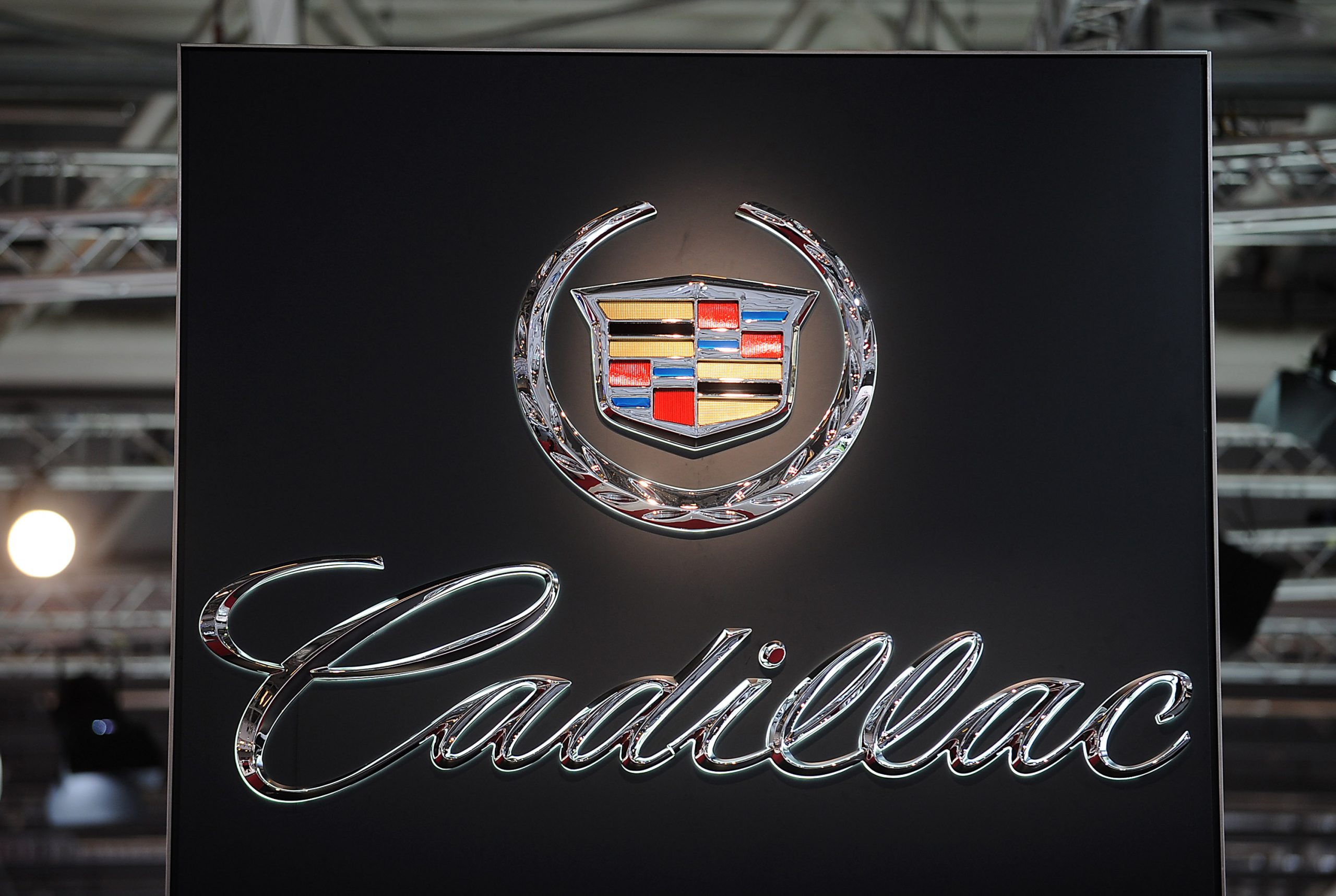
Archaeologists from the University of Houston have uncovered the tomb of Te K’ab Chaak, the first known ruler of Caracol, an ancient Maya city in present-day Belize.
The discovery comes after over four decades of excavation by married archaeologists Arlen F. Chase and Diane Z. Chase. The burial site, dating to around 350 AD, contained an array of artifacts, including 11 pottery vessels, jadeite jewelry, a mosaic jadeite mask and Pacific spondylus shells.
The Context
The uncovering of Te K’ab Chaak’s tomb sheds new light on the origins of Maya dynastic rule and early regional connections in Mesoamerica. This find is the first time a Caracol king has been identified over the decades of research at the site, which was a dominant Maya metropolis before its abandonment by 900 AD.
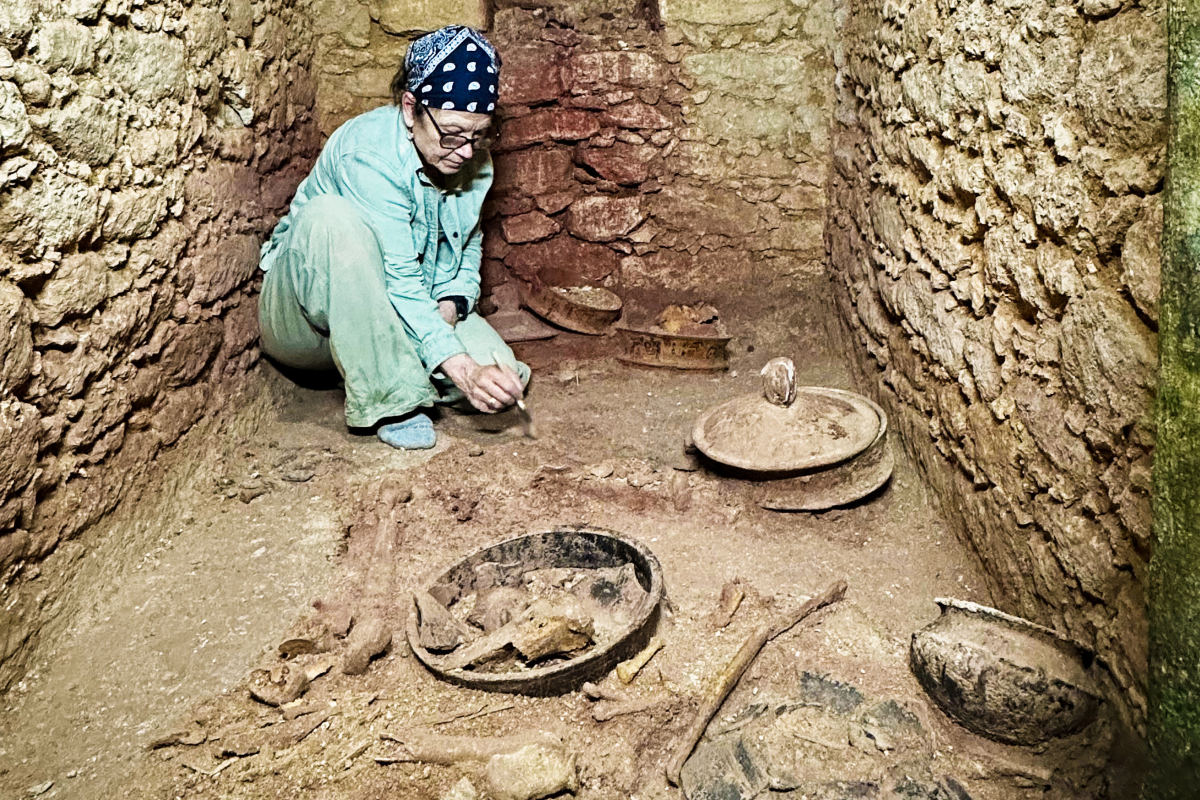
Caracol Archaeological Project / University of Houston
What To Know
Te K’ab Chaak ascended to the throne around 331 AD and is recognized as the founder of Caracol’s royal dynasty.
His tomb was located at the base of a royal family shrine. Two pottery lids in the chamber featured the heads of coatimundi, or tz’uutz’ in Maya. These motifs were later adopted by Caracol rulers as part of their names.
The Chases estimated that Te K’ab Chaak was of advanced age at the time of his death. They also estimated that he was approximately 5’7″ in height.
Researchers discovered a cremation burial containing the remains of three individuals dated to around 350 AD. It also contained goods from central Mexico such as knives, obsidian blades and atlatl points.
“Maya carved stone monuments, hieroglyphic dates, iconography, and archaeological data all suggest that widespread pan-Mesoamerican connections occurred after an event in 378 AD referred to as ‘entrada,'” Diane Z. Chase said in a statement.
The University of Houston team collaborated with Belize’s Institute of Archaeology for this field season.
David Stuart, a professor of Mesoamerican art and writing at the University of Texas at Austin, said the tomb dates back to a significant time period in Maya culture.
“The three hundreds was a key time in Caracol, in the history of that kingdom,” Stuart told Newsweek.
He said the dynasties of various different kingdoms emerged during that period and began having foreign contacts.
Stuart explained how the tropical weather of the region could impact what is found at Maya burial sites.
“You can find the skeleton preserved, maybe, although a lot of times that will deteriorate, but you’ll find the durable things,” Stuart said. “You’re going to find ceramics, jade, maybe some other organic materials.”
He said there is “no doubt” that Maya tombs had textiles, wooden artifacts, painted gourds and other artifacts that were not preserved.
What People Are Saying
Arlen F. Chase, in a statement: “Both central Mexico and the Maya area were clearly aware of each other’s ritual practices, as reflected in the Caracol cremation.”
David Stuart, a professor of Mesoamerican art and writing at the University of Texas at Austin, in comments to Newsweek: “The goal of archaeology is never to find everything. It’s to find the things that can tell you the most about the ancient culture, and the history and how they lived.”
What Happens Next
The university said further research is planned, including reconstruction of the jadeite mask and DNA and isotope testing on recovered remains. The full results will be presented by the Chases at a conference on Maya–Teotihuacan interaction at the Santa Fe Institute in August.
Do you have a story that Newsweek should be covering? Do you have any questions about this story? Contact LiveNews@newsweek.com.
